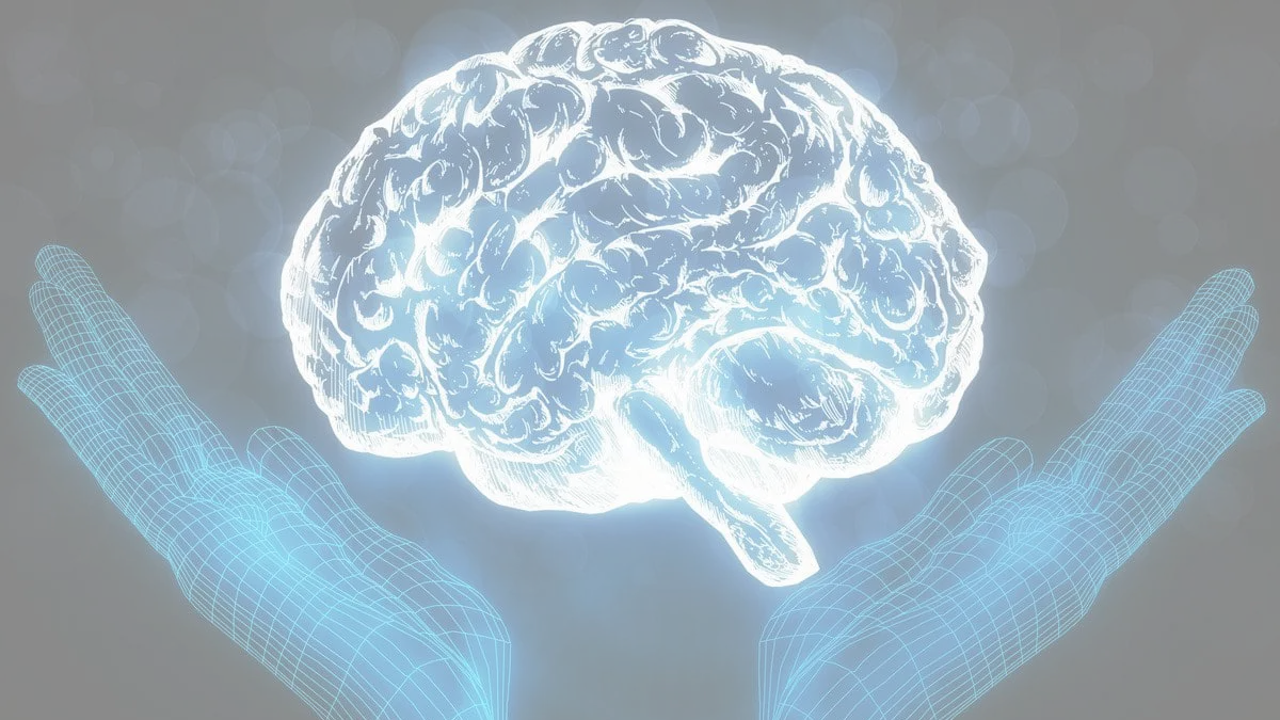Let me walk you through a simple, no-nonsense way to figure out if your hip and groin pain is coming from a muscle imbalance. We will follow Maya, who feels a sharp ache at the top of her hip that wraps into the front of her groin by late afternoon. She sits a lot, her knee sometimes caves inward when she walks, and long standing makes the hip feel unstable. If that sounds familiar, keep reading.
Why this hurts in the first place
Hip pain often shows up when the gluteus medius is weak and the adductors on the inner thigh are tight. The gluteus medius stabilizes your pelvis when you stand, walk, or climb stairs. When it underperforms, your adductors jump in to help. Over time they get tight and cranky, which can feed groin pain and side hip pain. Think of the hip like a seesaw. If one side is weak, the other side clenches to keep you upright.
Common signs include groin pain, lateral hip tenderness, a feeling that the hip wobbles, trouble standing for long periods, knees rolling inward, and sometimes a line of ache down the leg. If you are chasing hip pain relief, this pattern is worth checking.
Simple home test for gluteus medius weakness
Grab a stable object to stand on like a yoga block, a thick book, or a sturdy step. Maya uses a yoga block next to a counter for balance.
If your gluteus medius does not fire and your inner thigh feels tight, you likely have the imbalance Maya has. Do not worry. You can fix it with focused stretching and gluteus medius exercises that restore hip stability.
Step 1. Stretch the tight adductors
Loosen the overactive muscle first so the weak muscle can turn on.
Wide-stance adductor stretch
Quick analogy. This is like turning down a blaring car radio so you can hear the soft voice of the GPS. We quiet the tight adductor so the glute can guide your hip again.
Step 2. Activate the gluteus medius
Now that the adductor is less bossy, wake up the side butt.
Donkey kicks with a slight angle
Optional add-ons for hip pain relief and strength
How often and how fast will this help
Maya does the adductor stretch and glute work three to five days per week. Most people feel steadier in one to two weeks. Pain often drops as hip stability improves and adductor tone eases. If pain spikes or you feel pinching in the front of the hip, reduce the range or take a rest day.
Common questions answered
Will stretching make me looser in a bad way? No. You are calming a tight helper so the right muscle can work. You are restoring balance, not going floppy.
Should I strengthen both sides? Yes. Train both hips, but give a bit more attention to the weaker side until it catches up.
What if the inner thigh will not let go? Try gentle myofascial release with a foam roller or ball along the inner thigh. If it stays stubborn, a physical therapist or chiropractor can use manual myofascial techniques.








